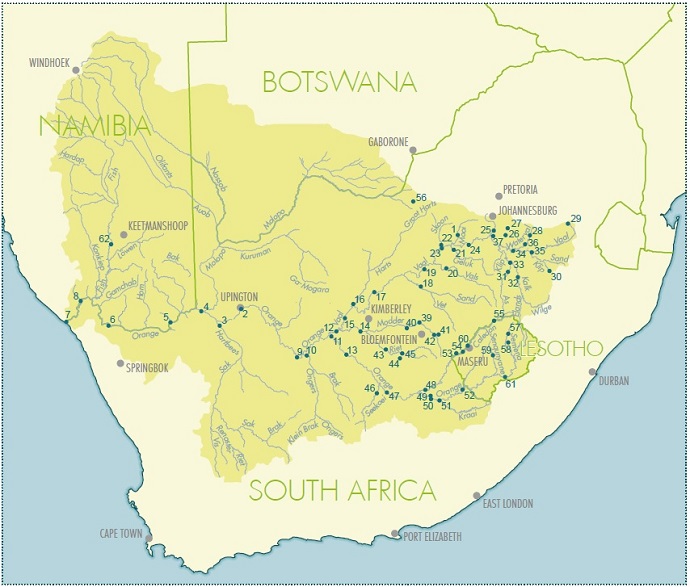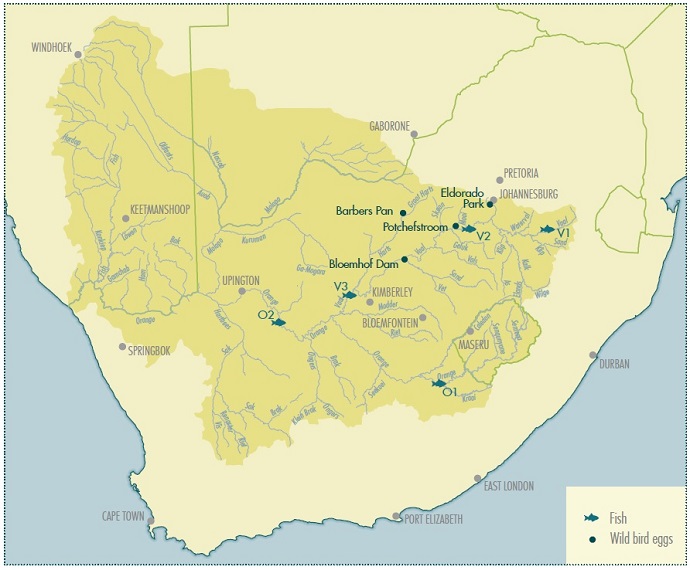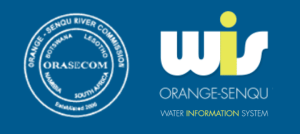Introduction
Four southern African countries, Lesotho, South Africa, Botswana, and Namibia share the basin of the Orange-Senqu River and are Parties to the Stockholm Convention (SC) on Persistent Organic Pollutants (POPs). Currently, the SC targets 21 chemicals and classes of chemicals. Previously, the research in the Orange-Senqu Basin on POPs concentrated on pesticide POPs such as DDT. Only recently has more attention been given to POPs such as dioxins and PBDEs. Almost nothing is known about PAHs in the catchment, except for a recent Water Research Commission survey.
There are also very few studies available on elemental levels in sediments. This study undertook a survey and assessment of POPs and heavy metals in water bodies and riverine sediments as contribution to the Transboundary Diagnostic Analysis (TDA) of the orange-Senqu River Basin. During the study, polycyclic aromatic hydrocarbons (PAHs) were added as additional research
topic. The entire Orange-Senqu River catchment was targeted for sediment collection and 61 sites were sampled in South Africa in September 2010. Of the 61 sites, 33 were in the Vaal River catchment. The remaining 28 sites were Orange-Senqu River sites that did not drain into the Vaal River. One site was in Namibia and five from Lesotho. These sites largely conform to the sites used
by other components of the TDA. Fish and wild bird eggs were sampled in South Africa to investigate the levels of the compounds and elements in the biota of the Orange-Senqu River Basin.
Funding Organisation(s):
Global Environment Facility through United Nations Development Programme
Reports:
- Bouwman, H, et al. 2010. 2010 Joint Orange–Senqu survey of persistent organic pollutants and heavy metals: Survey design report. Technical Report Number 2.
- Bouwman, H, et al. 2011a. POPs and elemental levels in sediment, fish and wild bird eggs: Interim report. Technical Report Number 12.
- Bouwman, H, et al. 2011b. POPs, PAHs and elemental levels in sediment, fish and wild bird eggs in the Orange–Senqu River basin: Final report. [Published as ORASECOM Report 002/2013] Technical Report Number 15.
ArcReader Database
The results from this project was captured in an ArcReader Map format. The ArcReader Software can be downloaded from ESRI. The maps and data can be downloaded here.

Monitoring Sites


